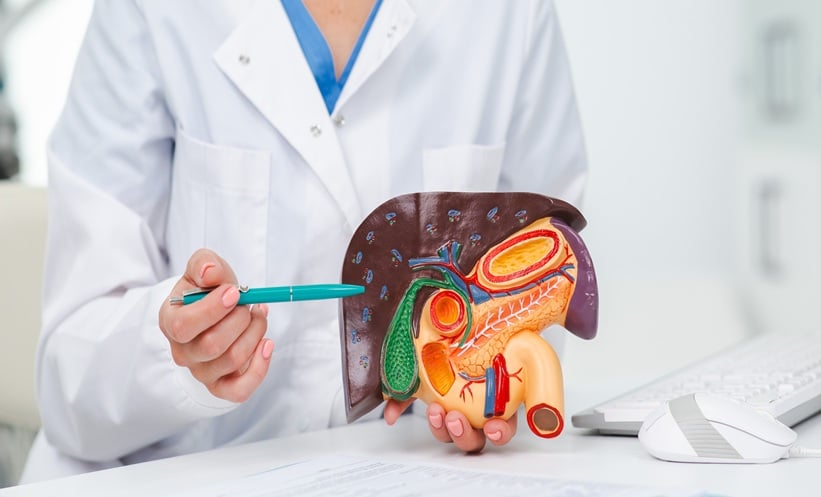BILIARY atresia (BA) is a rare but life-threatening condition affecting the bile ducts in newborns, leading to severe liver damage if not treated early. It is the most common surgical cause of cholestatic jaundice in infants and the leading reason for paediatric liver transplants worldwide. Early detection and intervention, preferably within the first weeks of life, dramatically improve outcomes. Yet despite this, many European countries lag behind in implementing effective newborn screening for BA.
Symptoms such as persistent jaundice, pale stools, and firm liver enlargement often raise initial suspicion. However, diagnosis is confirmed through a combination of blood tests and imaging, with surgery, typically the Kasai procedure, being the first line of treatment. If this fails, liver transplantation becomes necessary. Given the urgency and the availability of treatments, BA meets the key criteria for inclusion in national screening programmes.
Screening strategies vary globally. Many Asian countries have adopted stool colour card (SCC) programmes, allowing parents to detect the pale stools indicative of BA. In these regions, earlier referrals and improved surgical outcomes have been reported. Europe, however, has been slow to follow suit, with research involvement and programme implementation remaining limited. In fact, of nearly 1,000 studies on BA screening, fewer than 50 originated from Europe.
In Switzerland, SCC use has shown promise, but broader uptake is hindered by low awareness, physician scepticism, and logistical challenges. Bilirubin testing, particularly direct or conjugated bilirubin levels from dried blood spots, offers an alternative with high diagnostic accuracy. Nevertheless, cost and implementation hurdles remain significant.
Experts now suggest that the future of BA screening may lie in combining SCC and bilirubin testing. Such integrated approaches could improve early diagnosis, making screening more effective and economically viable. Importantly, these efforts may also detect other neonatal liver conditions, broadening their clinical value. As the evidence mounts, Europe faces growing pressure to close the gap and implement widespread, effective BA screening for all newborns.
Reference
Wildhaber BE, Calinescu AM. European strategies in the screening of biliary atresia: a scoping review. World J Pediatr Surg. 2025;8(2):e001026.








